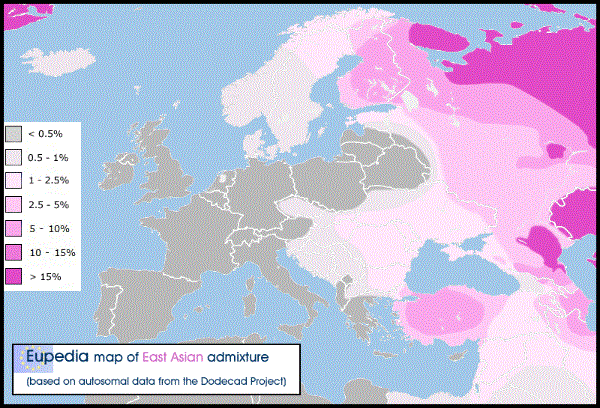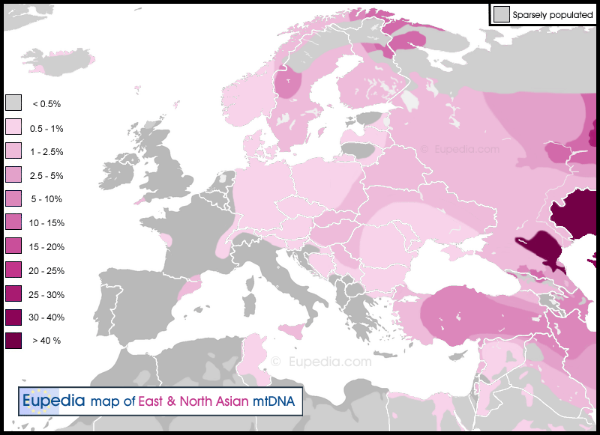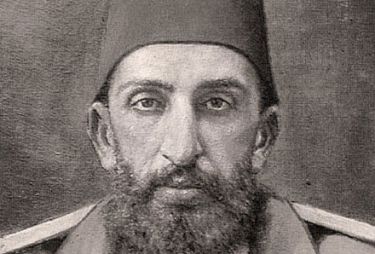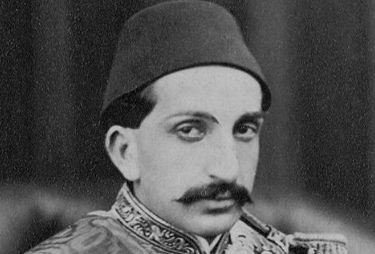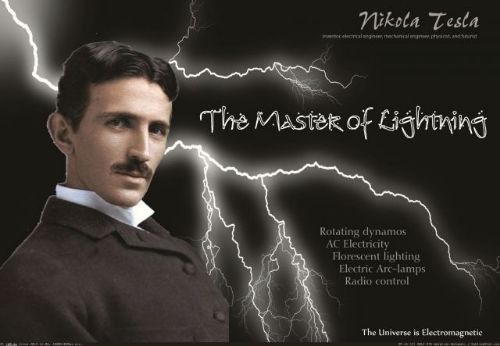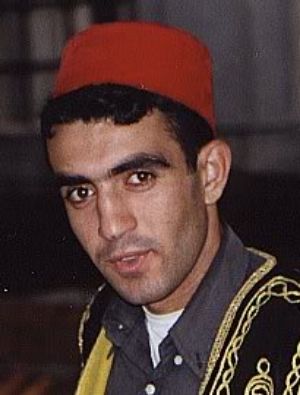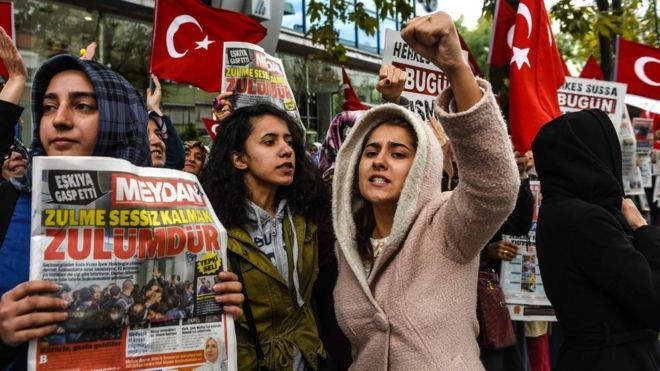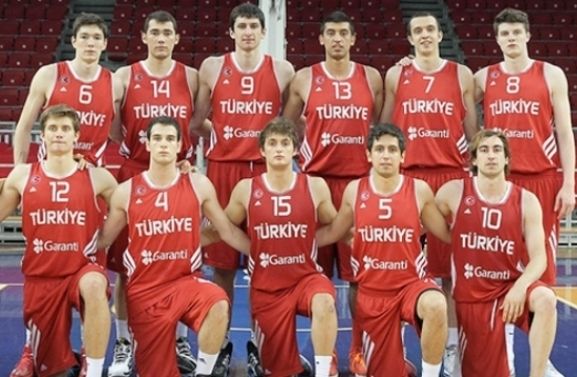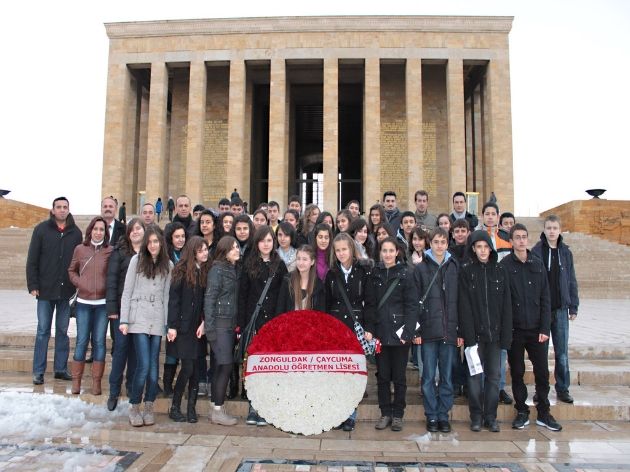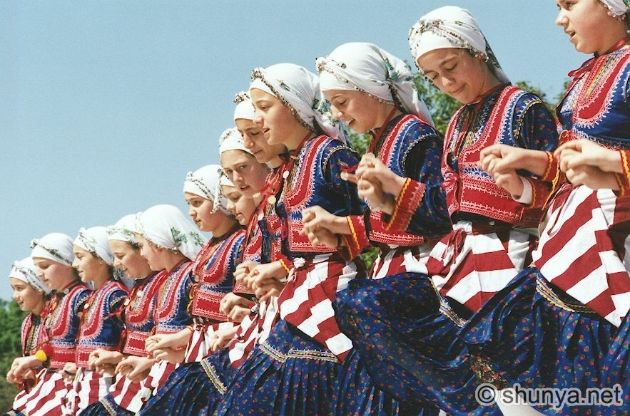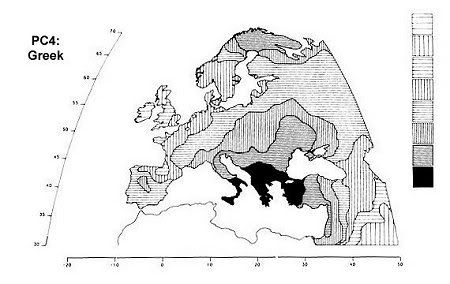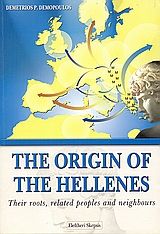Post by Admin on Nov 12, 2022 20:18:55 GMT
Sack of Constantinople (1204)

The Entry of the Crusaders in Constantinople, by Eugène Delacroix
The siege and sack of Constantinople occurred in April 1204 and marked the culmination of the Fourth Crusade. Mutinous Crusader armies captured, looted, and destroyed parts of Constantinople, the capital of the Byzantine Empire. After the capture of the city, the Latin Empire (known to the Byzantines as the Frankokratia or the Latin Occupation)[4] was established and Baldwin of Flanders was crowned Emperor Baldwin I of Constantinople in the Hagia Sophia.
After the city's sacking, most of the Byzantine Empire's territories were divided up among the Crusaders. Byzantine aristocrats also established a number of small independent splinter states, one of them being the Empire of Nicaea, which would eventually recapture Constantinople in 1261 and proclaim the reinstatement of the Empire. However, the restored Empire never managed to reclaim its former territorial or economic strength, and eventually fell to the rising Ottoman Sultanate in the 1453 Siege of Constantinople.
The sack of Constantinople is a major turning point in medieval history. The Crusaders' decision to attack the world's largest Christian city was unprecedented and immediately controversial. Reports of Crusader looting and brutality scandalised and horrified the Orthodox world; relations between the Catholic and Orthodox churches were catastrophically wounded for many centuries afterwards, and would not be substantially repaired until modern times.
The Byzantine Empire was left much poorer, smaller, and ultimately less able to defend itself against the Turkish conquests that followed; the actions of the Crusaders thus directly accelerated the collapse of Christendom in the east, and in the long run facilitated the expansion of Islam into Europe.
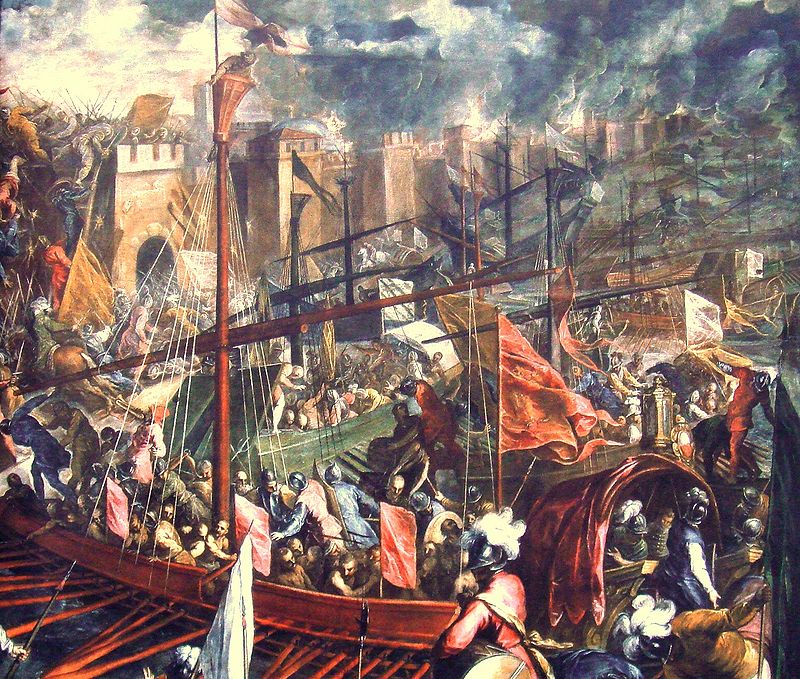
The siege of Constantinople in 1204, by Palma il Giovane
Sack of Constantinople

The original Horses of Saint Mark displayed inside St Mark's Basilica in Venice; replicas adorn the outside
The Crusaders looted, terrorized, and vandalized Constantinople for three days, during which many ancient and medieval Roman and Greek works were either stolen or destroyed. The famous bronze horses from the Hippodrome were sent back to adorn the façade of St Mark's Basilica in Venice, where they remain. As well as being stolen, works of immeasurable artistic value were destroyed merely for their material value. One of the most precious works to suffer such a fate was a large bronze statue of Hercules, created by the legendary Lysippos, court sculptor of Alexander the Great. Like so many other priceless artworks made of bronze, the statue was melted down for its content by the Crusaders.[9]
Despite their oaths and the threat of excommunication, the Crusaders systematically violated the city's holy sanctuaries, destroying or stealing all they could lay hands on; nothing was spared, not even the tombs of the emperors inside the St Apostles church.[10] The civilian population of Constantinople were subject to the Crusaders' ruthless lust for spoils and glory; thousands of them were killed in cold blood.[11] Women, including nuns, were raped by the Crusader army,[12] which also sacked churches, monasteries and convents.[11] The very altars of these churches were smashed and torn to pieces for their gold and marble by the warriors.[10] Although the Venetians engaged in looting too, their actions were far more restrained. Doge Dandolo still appeared to have far more control over his men. Rather than wantonly destroying all around like their comrades, the Venetians stole religious relics and works of art, which they would later take to Venice to adorn their own churches.
It was said that the total amount looted from Constantinople was about 900,000 silver marks, or 600,000 troy pounds. The Venetians received 150,000 silver marks that was their due and the Crusaders received 50,000 silver marks. A further 100,000 silver marks were divided evenly between the Crusaders and Venetians. The remaining 500,000 silver marks were secretly kept back by many Crusader knights.
Aftermath
According to a prearranged treaty the empire was apportioned between Venice and the crusade's leaders, and the Latin Empire of Constantinople was established.
Byzantine aristocratic refugees founded their own successor states, the most notable of these being the Empire of Nicaea under Theodore Lascaris (a relative of Alexius III), the Empire of Trebizond and the Despotate of Epirus.
The sack weakened the Byzantine Empire, which allowed neighboring groups such as the Sultanate of Rum, and later the Ottoman Turks, to gain influence (see the Byzantine–Ottoman Wars).
en.wikipedia.org/wiki/Sack_of_Constantinople
Sack of Constantinople
Sack of Constantinople, (April 1204). The diversion of the Fourth Crusade from the Holy Land to attack, capture, and pillage the Byzantine city of Constantinople divided and dissipated the efforts of the Christians to maintain the war against the Muslims. It is widely regarded as a shocking betrayal of principles out of greed.
Encyclopædia Britannica
www.britannica.com/event/Sack-of-Constantinople-1204
1204: The Sack of Constantinople
by Mark Cartwright
published on 01 February 2018
In 1204 CE the unthinkable happened and Constantinople, after nine centuries of withstanding all comers, was brutally sacked. Even more startling was the fact that the perpetrators were not any of the traditional enemies of the Byzantine Empire: the armies of Islam, the Bulgars, Hungarians, or Serbs, but the western Christian army of the Fourth Crusade. Finally, the mutual suspicion and distrust that had existed for centuries between the western and eastern states and churches had blown up into full-scale warfare. With the fall of the city, many of its religious icons, relics, and artworks were spirited away and the Byzantine Empire was divided up between Venice and its allies. The empire would rise again from the ashes but never again could Constantinople claim to be the greatest, richest, and most artistically vibrant city in the world.
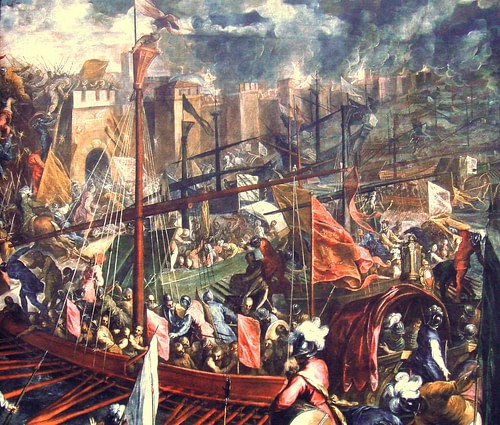
The Sack of Constantinople in 1204 CE
The centuries of argument and mistrust, the constant rivalry between Popes and emperors, and the rising ambition of western states to wrest from Byzantium the remnants of its empire in Italy were, for a time, held in check by the first three Crusades. All three, though, would prove to be unsuccessful in permanently securing Christianity’s Holy Places from the Arabs. Worse, they created a damaging rift in east-west relations as blame was apportioned to either side for the lack of success. The Byzantines were considered to lack the will to fight the common enemy while, from the other side, the Crusaders were seen as opportunists out to grab the choicest parts of the Byzantine Empire in the east.

Enrico Dandolo
Historians continue to debate the exact reason why the Crusaders then turned on Constantinople instead of Jerusalem, but one crucial ingredient in the troublesome mix of mutual suspicions between the western powers and Byzantium was the Republic of Venice and one man, in particular, the Doge Enrico Dandolo (r. 1192-1205 CE). Intent on winning Venetian domination of the trade in the east, he well remembered his undignified expulsion from Constantinople when he served as an ambassador. This seemed as good an opportunity as ever to finally knock out Constantinople as a trade competitor. In addition, the Pope would achieve the supremacy of the western Church once and for all and the Crusader knights would not only gain revenge on the duplicitous Byzantines for their unhelpful support of previous Crusades but also surely pick up some glory and handsome booty in the process. The riches of Constantinople could then pay for the rest of the Crusade as it marched on to Jerusalem. It may not have been so cynically planned by all parties but, in the end, it is exactly what happened with the exception that the Fourth Crusade ended with the fall of the Byzantine capital and Jerusalem was left for a later date.

The Venetians Attack Constantinople, 1204 CE
For now Doge Dandolo and the Crusaders saw their golden opportunity not just to receive aid from the Byzantines but to loot the city entirely for all it was worth.
Citizens were raped and massacred, buildings were torched and churches desecrated.
Constantinople, in 1204 CE, had a population of around 300,000, dwarfing the 80,000 in Venice, western Europe’s largest city at the time. But it was not only its size that impressed the Crusaders, its buildings, churches and palaces, the huge forums and gardens, and, above all, its riches struck awe in the western visitors. Then awe was swiftly replaced by greed. Monumental sculptures, countless artworks, books, manuscripts, and jewels which had been steadily accumulated by emperors and nobles over a millennium were all stripped away and either destroyed or melted down for coinage. Furniture, doors, and marble architectural elements were taken away for reuse elsewhere, and even the tombs of emperors, including that of the great Justinian I, were opened up and their precious contents removed.
One of the most precious of all Byzantine religious relics to be stolen was the Mandylion shroud, a cloth or scarf said to have carried an impression of Christ himself. It was taken as a prize to France but, alas, this priceless icon was destroyed during the French Revolution. In another example, a gold reliquary containing a fragment of the True Cross ended up in the cathedral of Limburg in Germany. The Hippodrome of Constantinople, especially, was looted for all the treasures which stood in the central island around which the chariots raced. The four bronze horses now in St. Mark’s Cathedral in Venice were probably once part of a chariot group which stood atop the arena’s monumental entrance gate.
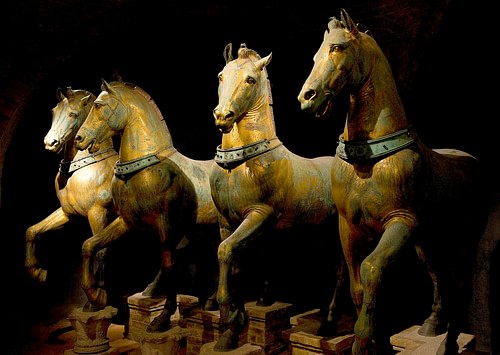
Horses from the Hippodrome of Constantinople
The Byzantines lamented not only the awful bloodshed and the monetary loss of the sacking but also the destruction of historically important artworks which they knew full well connected the city and, indeed, the western world back to its Roman heritage. The world had lost something great and undefinable, as powerfully summarised here by the historian J. J. Norwich:
"By the sack of Constantinople, Western civilization suffered a loss greater than the burning of the library of Alexandria in the fourth century or the sack of Rome in the fifth - perhaps the most catastrophic single loss in all history. (306)"

Division of the Byzantine Empire, 1204 CE.
Aftermath
The emperor Alexios V Doukas fled the city, but he was later captured, blinded, and then tossed to his death from the top of a column a few months later. After the dust settled and everyone had their fill of pillaging and looting, the Partitio Romaniae treaty, already decided on beforehand, carved up the Byzantine Empire amongst Venice and its allies. The Venetians took three-eighths of Constantinople, the Ionian islands, Crete, Euboea, Andros, Naxos, and a few strategic points along the coast of the Sea of Marmara. Baldwin of Flanders was then made the Latin emperor (r. 1204-1205 CE) and crowned in the Hagia Sophia, receiving five-eighths of Constantinople and one-quarter of the empire which included Thrace, northwest Asia Minor, and several Aegean islands (notably Chios, Lesbos, and Samos). Boniface of Montferrat took over Thessalonica and formed a new kingdom there which also included Athens and Macedonia. In 1205 CE, following the death of Baldwin in a Bulgarian prison, William I Champlitte and Geoffrey I Villehardouin (nephew of the historian of the same name) founded a Latin principality in the Peloponnese while the French duke Othon de la Roche grabbed Attica and Boeotia.
The Byzantine Empire would be re-established in 1261 CE, albeit a shadow of its former self, when forces from the Empire of Nicaea, the centre of the Byzantines-in-exile (1208-1261 CE) retook Constantinople. Emperor Michael VIII (r. 1259-1282 CE) was then able to place his throne back in the palace of his Byzantine predecessors.
Editorial Review
This Article has been reviewed for accuracy, reliability and adherence to academic standards prior to publication.
www.worldhistory.org/article/1188/1204-the-sack-of-constantinople/

The Entry of the Crusaders in Constantinople, by Eugène Delacroix
The siege and sack of Constantinople occurred in April 1204 and marked the culmination of the Fourth Crusade. Mutinous Crusader armies captured, looted, and destroyed parts of Constantinople, the capital of the Byzantine Empire. After the capture of the city, the Latin Empire (known to the Byzantines as the Frankokratia or the Latin Occupation)[4] was established and Baldwin of Flanders was crowned Emperor Baldwin I of Constantinople in the Hagia Sophia.
After the city's sacking, most of the Byzantine Empire's territories were divided up among the Crusaders. Byzantine aristocrats also established a number of small independent splinter states, one of them being the Empire of Nicaea, which would eventually recapture Constantinople in 1261 and proclaim the reinstatement of the Empire. However, the restored Empire never managed to reclaim its former territorial or economic strength, and eventually fell to the rising Ottoman Sultanate in the 1453 Siege of Constantinople.
The sack of Constantinople is a major turning point in medieval history. The Crusaders' decision to attack the world's largest Christian city was unprecedented and immediately controversial. Reports of Crusader looting and brutality scandalised and horrified the Orthodox world; relations between the Catholic and Orthodox churches were catastrophically wounded for many centuries afterwards, and would not be substantially repaired until modern times.
The Byzantine Empire was left much poorer, smaller, and ultimately less able to defend itself against the Turkish conquests that followed; the actions of the Crusaders thus directly accelerated the collapse of Christendom in the east, and in the long run facilitated the expansion of Islam into Europe.

The siege of Constantinople in 1204, by Palma il Giovane
Sack of Constantinople

The original Horses of Saint Mark displayed inside St Mark's Basilica in Venice; replicas adorn the outside
The Crusaders looted, terrorized, and vandalized Constantinople for three days, during which many ancient and medieval Roman and Greek works were either stolen or destroyed. The famous bronze horses from the Hippodrome were sent back to adorn the façade of St Mark's Basilica in Venice, where they remain. As well as being stolen, works of immeasurable artistic value were destroyed merely for their material value. One of the most precious works to suffer such a fate was a large bronze statue of Hercules, created by the legendary Lysippos, court sculptor of Alexander the Great. Like so many other priceless artworks made of bronze, the statue was melted down for its content by the Crusaders.[9]
Despite their oaths and the threat of excommunication, the Crusaders systematically violated the city's holy sanctuaries, destroying or stealing all they could lay hands on; nothing was spared, not even the tombs of the emperors inside the St Apostles church.[10] The civilian population of Constantinople were subject to the Crusaders' ruthless lust for spoils and glory; thousands of them were killed in cold blood.[11] Women, including nuns, were raped by the Crusader army,[12] which also sacked churches, monasteries and convents.[11] The very altars of these churches were smashed and torn to pieces for their gold and marble by the warriors.[10] Although the Venetians engaged in looting too, their actions were far more restrained. Doge Dandolo still appeared to have far more control over his men. Rather than wantonly destroying all around like their comrades, the Venetians stole religious relics and works of art, which they would later take to Venice to adorn their own churches.
It was said that the total amount looted from Constantinople was about 900,000 silver marks, or 600,000 troy pounds. The Venetians received 150,000 silver marks that was their due and the Crusaders received 50,000 silver marks. A further 100,000 silver marks were divided evenly between the Crusaders and Venetians. The remaining 500,000 silver marks were secretly kept back by many Crusader knights.
Aftermath
According to a prearranged treaty the empire was apportioned between Venice and the crusade's leaders, and the Latin Empire of Constantinople was established.
Byzantine aristocratic refugees founded their own successor states, the most notable of these being the Empire of Nicaea under Theodore Lascaris (a relative of Alexius III), the Empire of Trebizond and the Despotate of Epirus.
The sack weakened the Byzantine Empire, which allowed neighboring groups such as the Sultanate of Rum, and later the Ottoman Turks, to gain influence (see the Byzantine–Ottoman Wars).
en.wikipedia.org/wiki/Sack_of_Constantinople
Sack of Constantinople
Sack of Constantinople, (April 1204). The diversion of the Fourth Crusade from the Holy Land to attack, capture, and pillage the Byzantine city of Constantinople divided and dissipated the efforts of the Christians to maintain the war against the Muslims. It is widely regarded as a shocking betrayal of principles out of greed.
Encyclopædia Britannica
www.britannica.com/event/Sack-of-Constantinople-1204
1204: The Sack of Constantinople
by Mark Cartwright
published on 01 February 2018
In 1204 CE the unthinkable happened and Constantinople, after nine centuries of withstanding all comers, was brutally sacked. Even more startling was the fact that the perpetrators were not any of the traditional enemies of the Byzantine Empire: the armies of Islam, the Bulgars, Hungarians, or Serbs, but the western Christian army of the Fourth Crusade. Finally, the mutual suspicion and distrust that had existed for centuries between the western and eastern states and churches had blown up into full-scale warfare. With the fall of the city, many of its religious icons, relics, and artworks were spirited away and the Byzantine Empire was divided up between Venice and its allies. The empire would rise again from the ashes but never again could Constantinople claim to be the greatest, richest, and most artistically vibrant city in the world.

The Sack of Constantinople in 1204 CE
The centuries of argument and mistrust, the constant rivalry between Popes and emperors, and the rising ambition of western states to wrest from Byzantium the remnants of its empire in Italy were, for a time, held in check by the first three Crusades. All three, though, would prove to be unsuccessful in permanently securing Christianity’s Holy Places from the Arabs. Worse, they created a damaging rift in east-west relations as blame was apportioned to either side for the lack of success. The Byzantines were considered to lack the will to fight the common enemy while, from the other side, the Crusaders were seen as opportunists out to grab the choicest parts of the Byzantine Empire in the east.

Enrico Dandolo
Historians continue to debate the exact reason why the Crusaders then turned on Constantinople instead of Jerusalem, but one crucial ingredient in the troublesome mix of mutual suspicions between the western powers and Byzantium was the Republic of Venice and one man, in particular, the Doge Enrico Dandolo (r. 1192-1205 CE). Intent on winning Venetian domination of the trade in the east, he well remembered his undignified expulsion from Constantinople when he served as an ambassador. This seemed as good an opportunity as ever to finally knock out Constantinople as a trade competitor. In addition, the Pope would achieve the supremacy of the western Church once and for all and the Crusader knights would not only gain revenge on the duplicitous Byzantines for their unhelpful support of previous Crusades but also surely pick up some glory and handsome booty in the process. The riches of Constantinople could then pay for the rest of the Crusade as it marched on to Jerusalem. It may not have been so cynically planned by all parties but, in the end, it is exactly what happened with the exception that the Fourth Crusade ended with the fall of the Byzantine capital and Jerusalem was left for a later date.

The Venetians Attack Constantinople, 1204 CE
For now Doge Dandolo and the Crusaders saw their golden opportunity not just to receive aid from the Byzantines but to loot the city entirely for all it was worth.
Citizens were raped and massacred, buildings were torched and churches desecrated.
Constantinople, in 1204 CE, had a population of around 300,000, dwarfing the 80,000 in Venice, western Europe’s largest city at the time. But it was not only its size that impressed the Crusaders, its buildings, churches and palaces, the huge forums and gardens, and, above all, its riches struck awe in the western visitors. Then awe was swiftly replaced by greed. Monumental sculptures, countless artworks, books, manuscripts, and jewels which had been steadily accumulated by emperors and nobles over a millennium were all stripped away and either destroyed or melted down for coinage. Furniture, doors, and marble architectural elements were taken away for reuse elsewhere, and even the tombs of emperors, including that of the great Justinian I, were opened up and their precious contents removed.
One of the most precious of all Byzantine religious relics to be stolen was the Mandylion shroud, a cloth or scarf said to have carried an impression of Christ himself. It was taken as a prize to France but, alas, this priceless icon was destroyed during the French Revolution. In another example, a gold reliquary containing a fragment of the True Cross ended up in the cathedral of Limburg in Germany. The Hippodrome of Constantinople, especially, was looted for all the treasures which stood in the central island around which the chariots raced. The four bronze horses now in St. Mark’s Cathedral in Venice were probably once part of a chariot group which stood atop the arena’s monumental entrance gate.

Horses from the Hippodrome of Constantinople
The Byzantines lamented not only the awful bloodshed and the monetary loss of the sacking but also the destruction of historically important artworks which they knew full well connected the city and, indeed, the western world back to its Roman heritage. The world had lost something great and undefinable, as powerfully summarised here by the historian J. J. Norwich:
"By the sack of Constantinople, Western civilization suffered a loss greater than the burning of the library of Alexandria in the fourth century or the sack of Rome in the fifth - perhaps the most catastrophic single loss in all history. (306)"

Division of the Byzantine Empire, 1204 CE.
Aftermath
The emperor Alexios V Doukas fled the city, but he was later captured, blinded, and then tossed to his death from the top of a column a few months later. After the dust settled and everyone had their fill of pillaging and looting, the Partitio Romaniae treaty, already decided on beforehand, carved up the Byzantine Empire amongst Venice and its allies. The Venetians took three-eighths of Constantinople, the Ionian islands, Crete, Euboea, Andros, Naxos, and a few strategic points along the coast of the Sea of Marmara. Baldwin of Flanders was then made the Latin emperor (r. 1204-1205 CE) and crowned in the Hagia Sophia, receiving five-eighths of Constantinople and one-quarter of the empire which included Thrace, northwest Asia Minor, and several Aegean islands (notably Chios, Lesbos, and Samos). Boniface of Montferrat took over Thessalonica and formed a new kingdom there which also included Athens and Macedonia. In 1205 CE, following the death of Baldwin in a Bulgarian prison, William I Champlitte and Geoffrey I Villehardouin (nephew of the historian of the same name) founded a Latin principality in the Peloponnese while the French duke Othon de la Roche grabbed Attica and Boeotia.
The Byzantine Empire would be re-established in 1261 CE, albeit a shadow of its former self, when forces from the Empire of Nicaea, the centre of the Byzantines-in-exile (1208-1261 CE) retook Constantinople. Emperor Michael VIII (r. 1259-1282 CE) was then able to place his throne back in the palace of his Byzantine predecessors.
Editorial Review
This Article has been reviewed for accuracy, reliability and adherence to academic standards prior to publication.
www.worldhistory.org/article/1188/1204-the-sack-of-constantinople/










